You are here
Sights of Ashen grove.
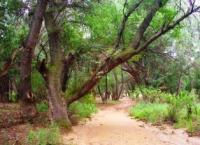
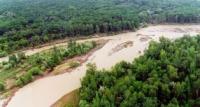
Hop-off bus tour in Almaty.
“Nature is wise. You can learn everywhere and from everything”
Leonardo da Vinci.
Natural sights of Kazakhstan.
Charyn ash grove is located in the Sarytogay valley, in the floodplain of the Charyn River on the territory of the Charyn Natural Park in the Uygur district in the southeast of the Almaty region. Charyn ash grove is located in the floodplain of the Charyn River.
On the territory of this relic grove grows mainly Sogdian ash, the forest area of which is the only one in Kazakhstan. There are large-fruited poplar, sucker, Turan willow. Ash in time immemorial has chosen the banks of the Charyn.
The grove in the Sarytogai valley in the lower reaches of the river is included in the UNESCO register as a specially protected natural monument. According to scientists, about 25 million years ago, this grove was already spread over the expanses of Sarytogay.
The coeval of the mammoth, the relic Sogdian ash, lives 300 - 400 years. This is a real fairy-tale forest in which Alice could find herself, moving from one wonderland to another. The giant scaly roots of the largest ash tree hunch over the ground like the tail of an ancient lizard.
In the Charyn ash-tree dacha, an ancient type of tugai forests of the Balkhash region is widespread. On March 19, 1964, the Council of Ministers of the Kazakh SSR declared the Charyn Ash Grove a natural monument with a forest management regime established for forests of special importance.
All types of deforestation (except for sanitary care measures) and grazing are prohibited here. The area is 5014 hectares, of which 1100 hectares are covered with ash. Relic vegetation grows in the forests: Sogdian (Charyn) ash, Ili sucker, willow, poplar.
Charyn Ash Dacha is located 25 kilometers below the Charyn Canyon and 13 kilometers west of the administrative center of the Uyghur region - the village of Chundzha. Sogdian ash has long been a relic variety - now it is a rarity. Below the Charyn River, in its middle course, there is a beautiful oasis.
From the preglacial era, a grove of Sogdian or Charyn ash has been preserved in the Sarytogay valley. This is the largest massif in Kazakhstan up to 2 kilometers wide and 22 kilometers long. Charyn ash reaches 30 - 35 meters in height, its trunk is more than 2 meters in diameter, and its crown spreads over 10 - 13 meters.
Ash is long-lived.
Some specimens live up to 300 years. Of the several species of ash growing in Kazakhstan, the Charyn ash is distinguished not only by its large size, but also by its beautiful patterned bark, openwork crown and complex small dissected leaves.
It is resistant to frost, tolerates light soil salinity and dry air. But the Charyn ash tree cannot live without water, therefore in botanical literature it is sometimes called moisture-loving. Pure plantations and areas of forest with an admixture of Ili sucker, willow and black poplar are widespread here, and these trees also reach enormous sizes.
Often there is a multi-leaved poplar - turanga. Under the canopy, on the edges and clearings, Tatar maple, shrubby willow, sea buckthorn, Ili barberry, and honeysuckle grow. The main section of the Charyn canyon from the wide Aktogay river valley to the Sarytogay valley is deep and winding, it is of great interest to lovers of exciting hiking trips.
The dominant of this forest is one of the oldest species of modern flora - the Sogdian ash (repeated), which has been preserved here since the Paleogene era. Ash forms dense stands, often dead-covered or with a sparse herbaceous layer of reed grass, asparagus, and blackberry.
In the undergrowth, willows are common, wild roses - Ili and Alberta, as well as rare Red Book species - Ili barberry and Ili honeysuckle. In sparse ash forests, a layer of large grasses is well developed (lanceolate kendyr, Ural licorice, medicinal asparagus, multi-stemmed hair, etc.).
In clearings and clearings, dense thickets of shrubs (barberry, wild roses, chingil, combs) are common. In the near-river part, dense, impenetrable tugai are formed with a predominance of willow, sucker and sea buckthorn. In their composition, there are abundant lianas - clematis orientalis, Siberian gossamer, new fence.
On the saline upper floodplain terraces there are sparse forests of another relic - desert poplar - turanga. They are very original in their floristic composition, since in addition to two types of turanga (multi-leaved and gray-leaved), ash is found in great abundance here.
There are also black saxaul and halophytic shrubs - potash, karabarak, Siberian saltpeter, comb and groupings of a rare Red Book species of Michelson's kermek. The fauna and flora of the Ash Grove is rich. There are wild boars, roe deer, pheasants.
Geographical coordinates of Charyn Ash Grove: N43°35'52.14" E79°20'14.98"
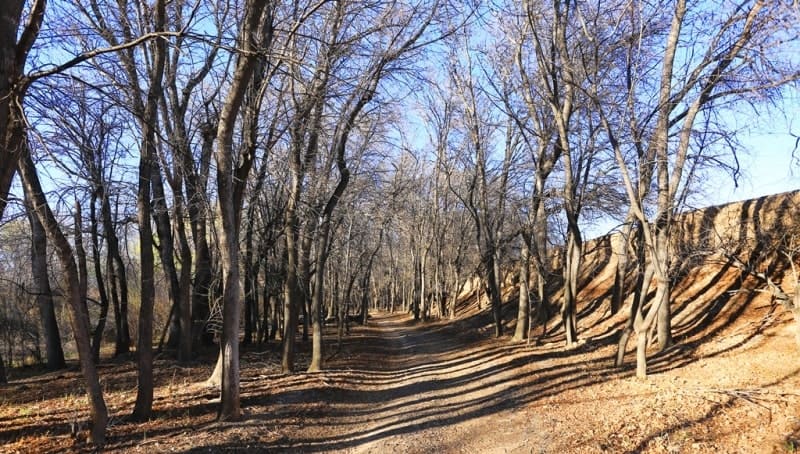
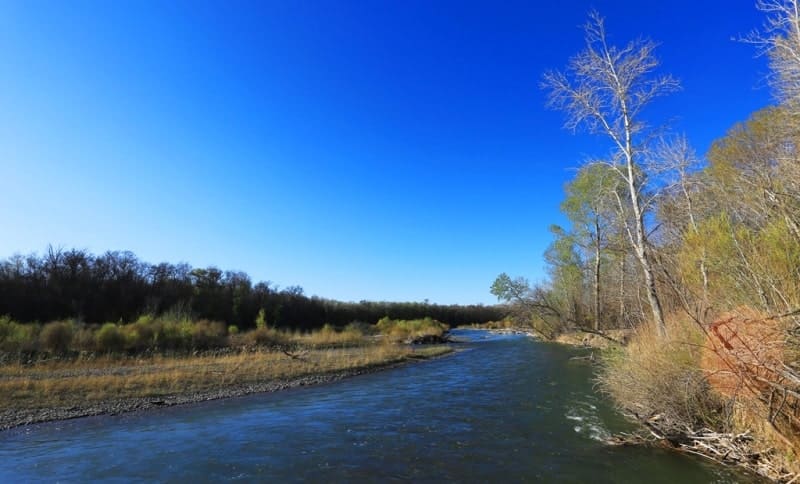
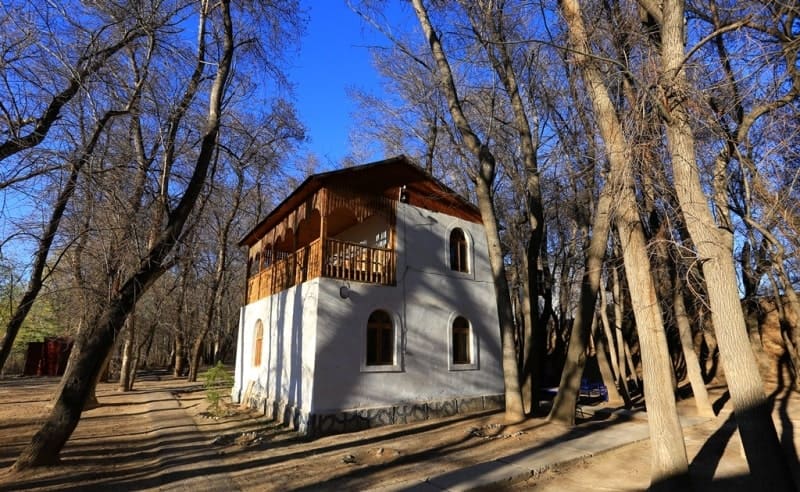
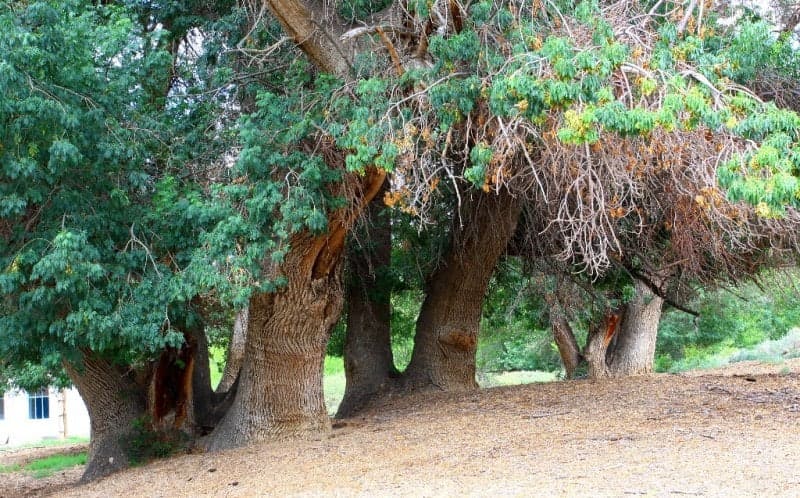
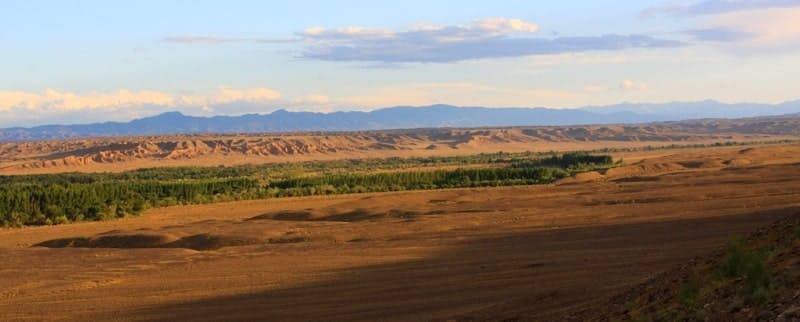
Authority:
Nature sanctuaries of Kazakhstan. (remarkable landscapes and their protection). A. V. Chigarkin, Alma-Ata, Kaynar publishing house, 1980. "Nature of Zailiysky Ala-Tau", M. Zh. Zhayedayev, prod. Kazakhstan, Alma-Ata, 1978 "Across Northern Tien Shan", V. N. Vukolov, Moscow, Profizdat, 1991.
Photos by
Alexander Petrov.






